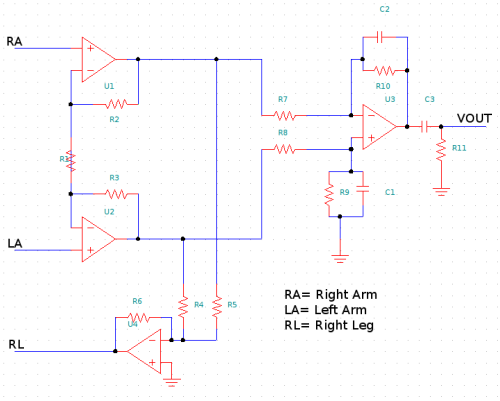The neuron
The neuron can be divided in three main parts: Dendrites, Soma, Axon (Figure 1). Dendrites are prolongations of the soma in shape of trees (dendros in Greek) and they receive most of the excitatory signals. The soma contains the nucleus of the cell and is where most of the proteinic synthesis occurs. The Axon is a prolongation of the soma and is responsible of the synapse (mechanism of transmit in the excitatory signal to another cell).
Ionic equilibrium and ionic currents
The first thing to bare in mind is that ionic concentration inside and outside the neuron is not symmetric. This leads to a concentration gradient and furthermore electric gradient. This means that there is an equilibrium voltage different between the intra-cellular medium and extra-cellular medium, for each kind of existing ion. There are four main ions involved in this process: Sodium (Na), Potassium (K), Chlorine (Cl) and Calcium (Ca). Each of them has different permitivity (equivalent to conductance) through soma membrane and different equilibrium potential. This leads to the existence of a global equilibrium potential that is called Resting Potential. In most neurons the resting potential has a negative value of about -70mV, which by convention means that there is excess negative charge in the intra-cellular medium. This value is obtained using the Nernst equation and Hodgkin-Katz-Goldman equation. The existence of different equilibrium potentials (constant) and varying permitivities let us model the neuron membrane as an electrical circuit as shown in the picture 2. CM is the capacitance of the neuron where the membrane is the dielectric.
For more detail: Understanding bioelectricity

